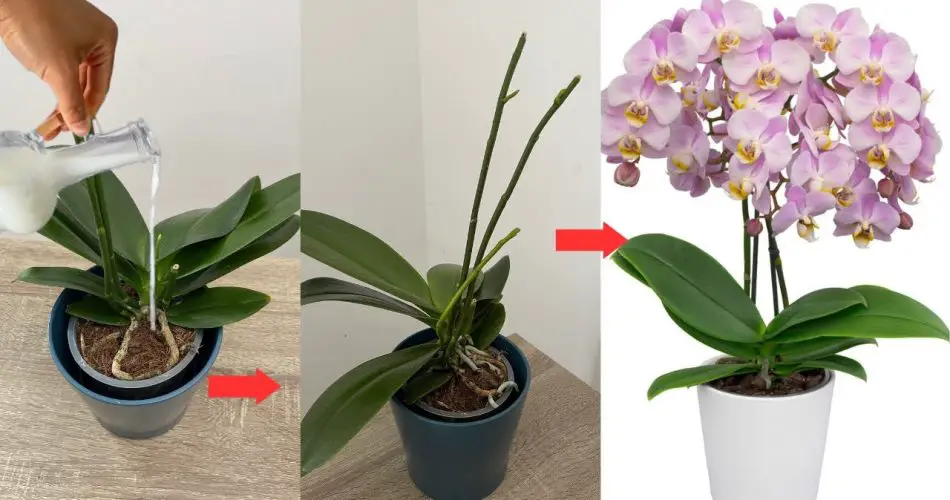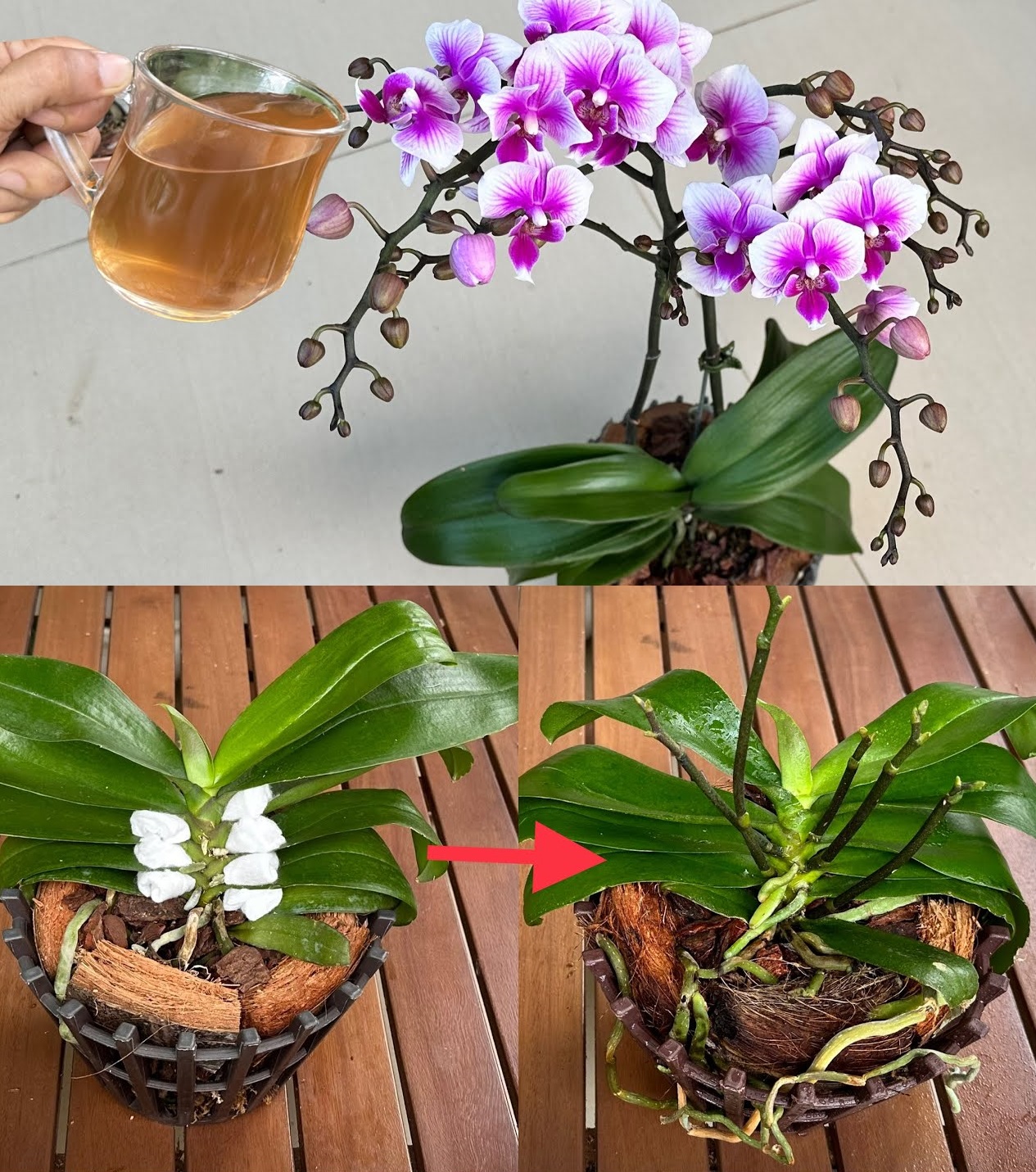
Orchids are exotic and beautiful plants that can bloom almost continuously when provided with the right care. To ensure nonstop blooming, focus on these four vital components:
- Proper Light Conditions: Orchids require the right balance of light for healthy growth and continuous blooming. Most orchids prefer bright, indirect light. Place them near a north or east-facing window where they receive filtered sunlight. Avoid direct sunlight, especially during the hottest part of the day, as it can scorch the leaves.
Different orchid species have varying light requirements, so it’s essential to know the specific needs of the orchids you are growing. Adjust the light levels based on the orchid’s natural habitat.
- Optimal Watering Routine: Orchids generally do not like to stay constantly wet, nor do they like to dry out completely. The key is to maintain a consistent watering routine. Use a well-draining orchid potting mix and water the orchid thoroughly when the top inch of the mix feels dry. Avoid waterlogging, as orchid roots can rot in excessively moist conditions.
Consider factors like humidity and temperature when determining the watering frequency. In drier conditions, you may need to water more frequently. Use room-temperature water, and water the orchid in the morning to allow any excess moisture to evaporate during the day.
- Balanced Fertilization: Orchids benefit from regular, balanced fertilization to support continuous growth and flowering. Use a specially formulated orchid fertilizer with a balanced ratio of nitrogen (N), phosphorus (P), and potassium (K). Additionally, orchids may require trace elements such as magnesium and calcium.
During the active growing season (spring and summer), fertilize every 2-4 weeks. Reduce or eliminate fertilization during the dormant period (fall and winter). Follow the instructions on the fertilizer packaging to avoid overfeeding, which can harm the orchid.
- Appropriate Temperature and Humidity: Orchids generally prefer warm temperatures, but the ideal range can vary depending on the species. Most common orchids thrive in temperatures between 65-75°F (18-24°C) during the day and a slight drop at night. Providing a temperature differential between day and night can encourage blooming.
Orchids also appreciate higher humidity levels. If your home has dry air, especially during the winter, consider increasing humidity around the orchids. Grouping plants together, placing a tray of water nearby, or using a humidifier can help create a more suitable environment.
In addition to these components, regular repotting, proper ventilation, and pest control are essential aspects of orchid care. Remember that each orchid species may have specific care requirements, so it’s beneficial to research and understand the particular needs of the orchids you are growing. With proper care, your orchids can reward you with continuous, stunning blooms.
